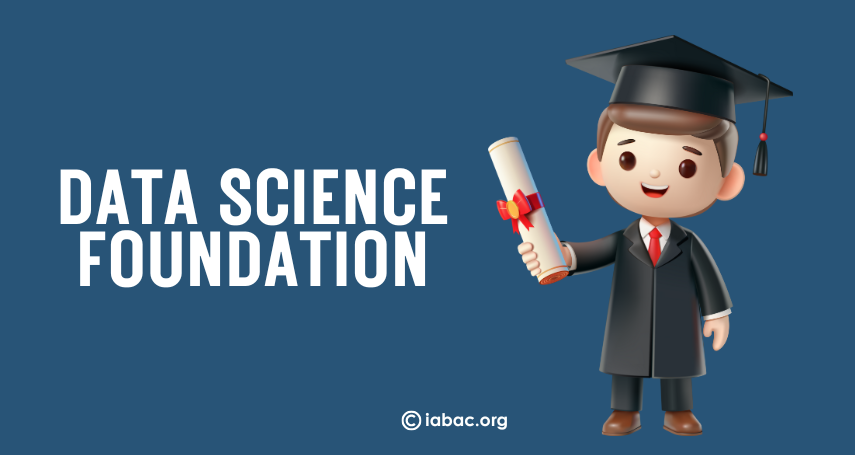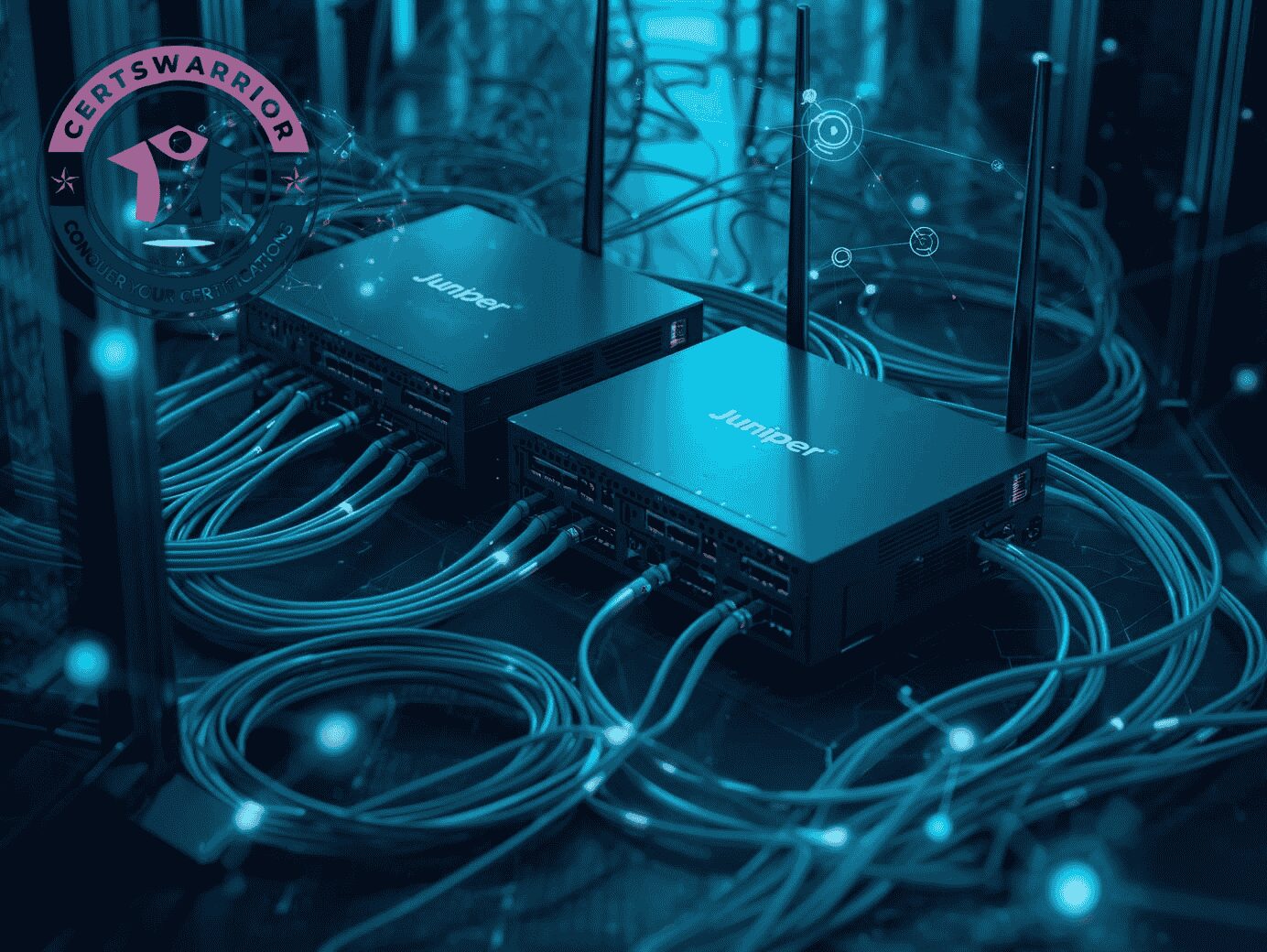
Why Learning Data Science Matters Today
Data is part of almost everything we do — the shows we stream, the food we order, and even how we pay our bills. Behind every app or smart suggestion you see online, there’s data being collected, processed, and analyzed to help make better decisions.
That’s what data science does — it finds patterns in information and turns them into insights.
Learning data science isn’t just for programmers anymore. It’s for anyone who wants to understand how data shapes the world. Whether you’re a student planning your next step, a professional growing in your career, or just curious about how technology makes predictions, understanding data science helps you see things differently.
The Data Science Foundation Series was created for that reason — to give you a simple and structured way to learn. This guide covers all seven modules that make up the foundation and shows how they connect to real-world work and global certification with IABAC.
What Is the Data Science Foundation?
Think of it as a roadmap to learning data science — step by step. Each module focuses on one part of the process, from learning basic ideas to applying data in real business situations.
By the time you finish all seven modules, you’ll have a full picture of how data science works — not just the theory, but also how it’s used in everyday industries like healthcare, retail, banking, and technology.
Let’s take a quick look at what each module covers.
Module 1: Data Science Essentials
This is where your learning begins.
You’ll get a clear idea of what data science means, how it’s different from fields like machine learning and analytics, and how it evolved into one of the most in-demand skills today.
This module also introduces you to the basic language of data science — the terms, the process, and why it’s important in today’s data-driven world.
You’ll learn:
- What makes data science important for decision-making
- How it connects to AI, big data, and analytics
- Why companies rely on data more than ever
Module 2: Data Science Demo
Here, you see how the data science process actually works.
You’ll go through each step — from understanding a business problem to preparing data, training a machine learning model, and using it to make predictions.
Example: A retail store wants to predict which products will sell out next month. With data science, the team collects sales data, cleans it, builds a prediction model, and plans stock accordingly.
By the end of this module, you’ll understand:
- How to frame a problem for data science
- What data preparation involves
- How machine learning fits into business use cases
- How insights can create measurable value
Module 3: Analytics Classification
Analytics is how data becomes useful.
This module breaks analytics into four easy-to-understand types:
- Descriptive – What happened?
- Diagnostic – Why did it happen?
- Predictive – What could happen next?
- Prescriptive – What should we do now?
You’ll also learn about Exploratory Data Analysis (EDA) — a process where you explore and visualize data to find insights using tools like Tableau.
Example: A hospital uses analytics to identify health risks early, helping doctors make faster and better decisions.
Module 4: Data Science and Related Fields
Data science connects with other exciting areas of technology.
In this module, you’ll explore how data science works alongside:
- Artificial Intelligence (AI) – systems that make human-like decisions
- Computer Vision – teaching computers to understand images
- Natural Language Processing (NLP) – how machines read and interpret text
- Reinforcement Learning – learning through trial and feedback
- Generative Models (like GANs) – creating new data or images
These fields build on the same foundation you’ve learned so far. They power things like chatbots, voice assistants, image recognition, and even creative AI tools.
Module 5: Data Science Roles and Workflow
Every successful data project is a team effort.
This module explains the workflow — the step-by-step process data projects follow — and the people who make it happen.
You’ll get to know roles like:
- Data Engineers – they gather and prepare data
- Data Scientists – they find patterns and build models
- Machine Learning Engineers – they turn models into working tools
- MLOps Engineers – they manage and monitor systems after deployment
Understanding how these roles fit together helps you see the teamwork behind every data-driven solution.
Module 6: Machine Learning Introduction
This is where you learn about the engine that powers most modern AI — machine learning (ML).
You’ll understand how machines learn from data instead of being told what to do. This module explains:
- What machine learning is and how it differs from AI
- The types of ML — supervised and unsupervised
- How algorithms like clustering, classification, and regression work
Example: A bank uses machine learning to detect fraud by learning normal spending patterns and spotting anything unusual.
By the end, you’ll see how machine learning helps automate tasks, improve accuracy, and make better predictions.
Module 7: Data Science in Real Industries
Everything you’ve learned comes together here.
This final module shows how data science is used in real life — across industries like:
- Healthcare – predicting diseases and improving treatment
- Finance – detecting fraud and managing risk
- Retail – analyzing shopping behavior and improving sales
- Logistics – planning smarter delivery routes
- Agriculture – predicting crop yields and weather patterns
- Manufacturing – preventing machine breakdowns
Every industry uses data differently, but the foundation stays the same. This module helps you connect what you’ve learned to the real world.
Your Learning Roadmap
Each module builds on the last, taking you from basic understanding to practical application.
By the end of the series, you’ll:
- Understand the full data science process
- Know how data is collected, cleaned, analyzed, and modeled
- Be ready to explore advanced tools and real-world use cases
The best part? You don’t need a programming background to start. The content is written in simple language, with relatable examples and clear explanations that make complex ideas easy to grasp.
Get Certified with IABAC
Once you’ve completed the foundation, you can take the next step — getting certified by IABAC (International Association of Business Analytics Certifications).
IABAC is a globally recognized body that validates your knowledge in data science and analytics. The certification proves that you not only understand the concepts but can apply them effectively in real-world scenarios.
Why IABAC Certification Matters
- It’s internationally recognized, helping you stand out to employers
- It shows you understand real business applications of data science
- It gives you career credibility and adds value to your resume
- It aligns perfectly with the Data Science Foundation modules
Whether you’re aiming for a new job or looking to grow in your current one, an IABAC certification can help you move forward with confidence.
Data science is changing how the world works — and learning it now means staying ahead of that change.
The Data Science Foundation Series gives you a clear, step-by-step way to build your understanding. From basic concepts to advanced applications, each module helps you see how data turns into knowledge and action.
And when you’re ready, IABAC certification helps you prove your skills globally — turning learning into real professional growth.







